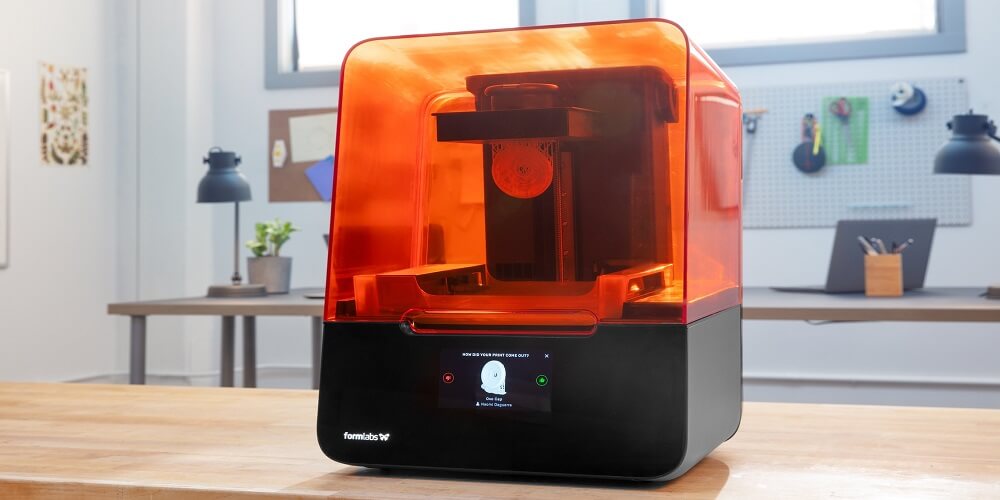3D printing is also known as additive manufacturing. For those who don’t know what 3D printing is, it’s simply a process whereby digital files are used to create three-dimensional solid objects. In other words, it converts 2D files to 3D objects.
The 3D printed objects are produced via the additive process. The additive process involves placing layers of materials on top of each other until the desired object is created. There are several benefits, whether you want it for home use or offer 3D printing for sale as a service.
3D printing opposes subtractive manufacturing, which involves cutting out pieces of plastic or metal with a milling machine. The 3D printing process allows you to manufacture complicated shapes with less material, compared to conventional manufacturing methods.
Without further ado, let’s look at the different aspects of 3D printing and how it all comes together.
What you should know about 3D printing
1. 3D software
It all begins with the model, and this can only be controlled using software tools. Several software tools are available to suit different scales of operation (open source to industrial grade).
Some software tools are designed for beginners, while others are a bit complicated for newbies to understand. Do your research and find out which is best for you.
2. Rapid prototyping
Several companies have incorporated 3D printing into their rapid prototyping process since its inception. For those who don’t know what rapid prototyping is, it’s simply a process that fabricates physical parts or models using Computer-Aided Design (CAD).
3D printers are used in rapid prototyping because it’s affordable and relatively fast. When you have your idea, changing from model to prototype takes a couple of days instead of weeks or months. Iteration is cost-effective because you don’t need expensive tools.
3. Kinds of 3D printing technologies
As mentioned earlier, several kinds of 3D printing technologies exist for different purposes. However, there are 7 categories all kinds of additive manufacturing processes fall into, like material jetting, vat polymerization, powder bed fusion, material extrusion, sheet lamination, etc.
Under the Vat Polymerization category
- Digital Light Processing (DLP)
- Continuous Liquid Interface Production (CLIP)
- Stereolithography (SLA)
Under Powder Bed Fusion category
- Selective Laser Sintering (SLS)
- Multi Jet Fusion
- Direct Metal Laser Sintering (DMLS)
Under the Material Extrusion category
- Fused Filament Fabrication
- Fused Deposition Modelling
For home use, the recommended processes are the Vat polymerization process and Fused Deposition Modelling.
4. Applications of 3D printing
3D printing has several product applications in various fields. This is because it is a body formed by different materials and technologies from almost every industry that can be thought of. It has different applications because it serves different industries.
What are typical examples?
Consumer products, dental products, prosthetics, reconstructing fossils, movie props, manufacturing tools, end-use parts, architectural scale models, etc.
5. Industries that use 3D printing
Several industries employ 3D printing in their processes
For instance, in the automotive industry, car manufacturers have been using 3D printing processes for a while. They print spare parts, tools, end-use parts, etc. Because of 3D printing, on-demand manufacturing has become easier.
Other industries include aviation, consumer products, jewelry, healthcare, dentistry, etc.
